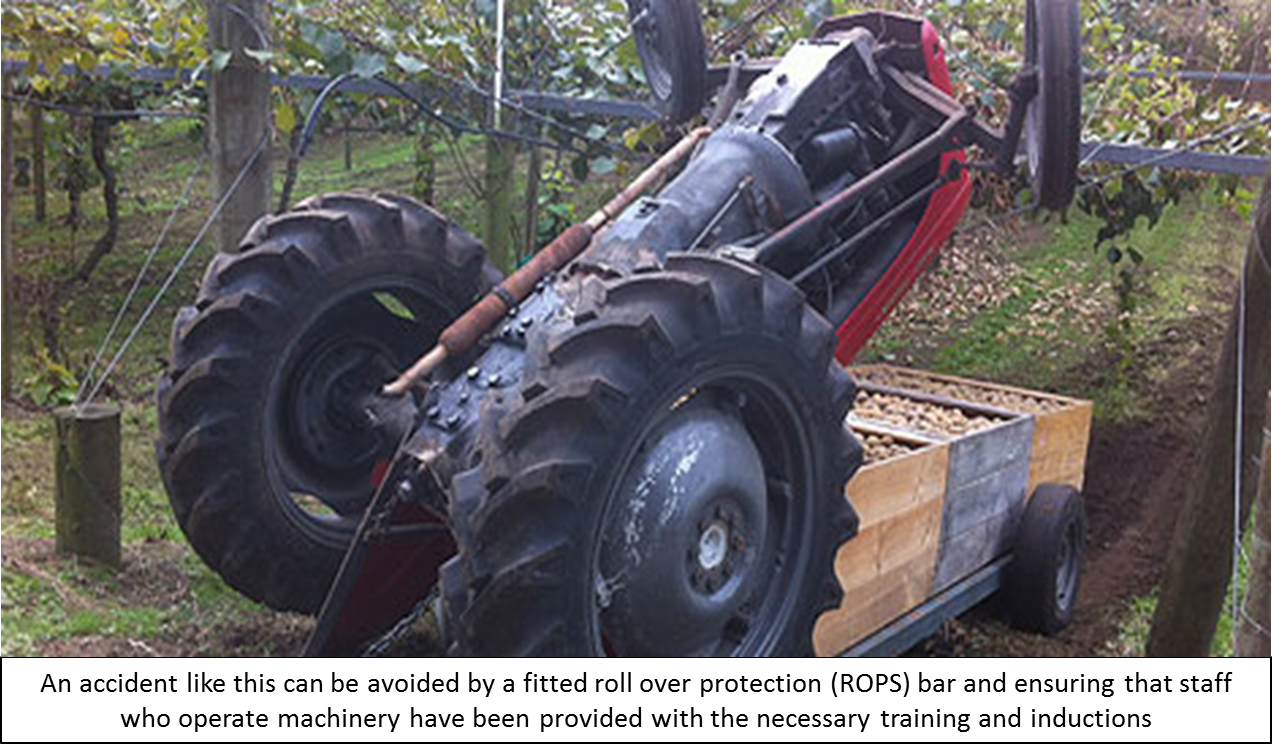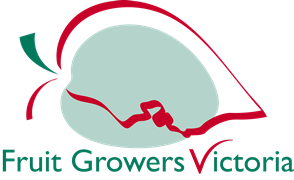So what does this mean for the employer?
An example would be a tractor with faulty or no brakes or a disconnection of the kill switch on the clutch so as you don’t have to depress the foot pedal to start the tractor, this is not what the manufacturer intended.
Even if the vehicle is everything perfectly maintained and operational it still requires the staff that are authorized by the employer to knowhow to use it and the hazards to avoid.
These are just two aspects that the employer really needs to address when investigating if they are providing a safe working environment. Firstly is to know if the equipment you own is maintained to the manufactures intent, and secondly, can the staff operate it by way of its intended purpose. Have they been instructed on the correct way to operate it and what potential hazards they need to look out for.
What does this mean to you?
Some of the myths about where the limit of liability ends when employing contract staff stays with the contractor are misleading as it is the owners responsibility. This has been proven in a court of law so it is in your best interest to ensure even contractors with their own labour gangs and machinery that they bring on site, still complies as if they are permanent employees using your own plant and equipment. This includes harvest contractors.
So what steps should a grower take to address potential workplace hazards?
- Keep all machinery maintained in good working order and any alterations to the structure must have an engineer’s stamp on it. Examples of this are no oil leaks, covers are on PTO’s and any welding repairs of a cracked chassis to be carried out by an accredited Tradesperson.
- Do regular routine daily inspections on the operational aspects of the machine.
- Ensure that the people that operate machinery or do any sort of manual handling on farm have been provided with the necessary inductions. That they have provided feedback to you and have understood these instructions for safe work practices.
- Make sure these inductions are site specific as well as generic, which means the instructions on how to drive a tractor is generic but on your undulating property they also need to know how to drive under those conditions.
- Ensure any contractors on your orchard are complying with the Worksafe requirements for both their workers and plant and equipment and are following your induction procedures.
Remember the cost of complying might seem great to you now, but if a worker is injured the following factors will come into play:
- The loss in down time for your business dealing with this event
- The need to replace a skilled employee so your business can still function
- Payment of heavy fines and the legal aid costs associated with them
- An increase in premium cover
Depending on the level of injury this can amount to tens of thousands of dollars plus the cost of eliminating the hazard that caused the injury in the first place!!
This is the first part of providing orchardists with an overview of going someway to meeting their obligations to providing a safe working environment within their business.
Next week the final part will look at the induction process and how we can be sure the inductee has understood the hazards and be more efficient at delivering it to them.


